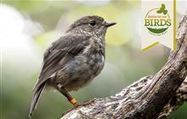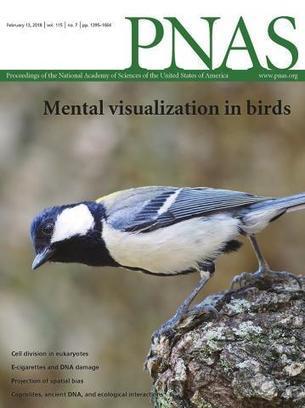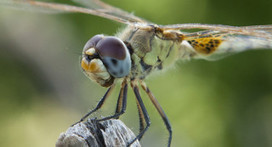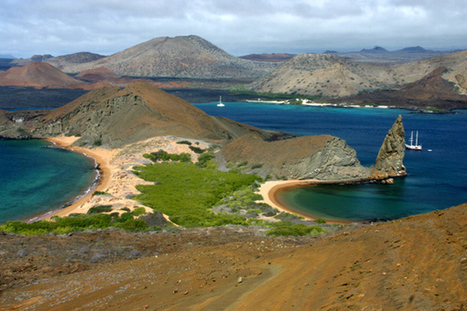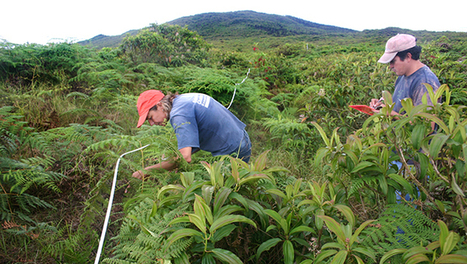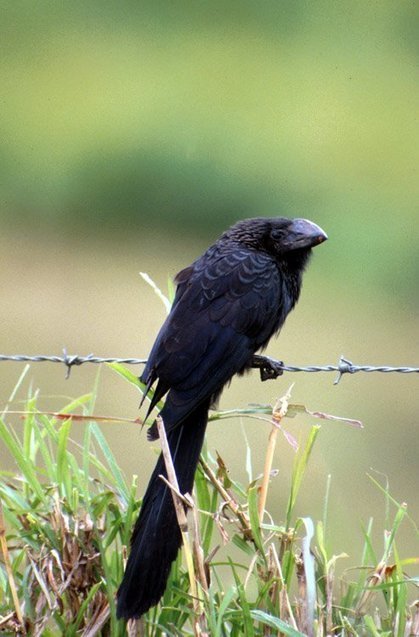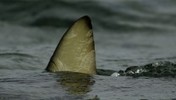 Your new post is loading...
 Your new post is loading...
The unique animals and plants of the Galapagos archipelago have experienced few extinctions, mainly due to the late colonization of the islands by human
Protecting Galapagos from Invasive Ants: My work with the ABG
Seedfall monitoring data (external site)
Our ability to predict the identity of future invasive alien species is largely based upon knowledge of prior invasion history. Emerging alien species—those never before encountered as aliens—therefore pose a significant challenge to biosecurity interventions worldwide. Using a global database of the first regional records of alien species covering the years 1500–2005 we detected a surprisingly high proportion of species in recent records that have never been recorded as alien before. The high proportion of these emerging alien species mainly resulted from the increased accessibility of new source species pools in the native range. Risk assessment approaches that rely less on invasion history will need to be prioritized.
Our ability to predict the identity of future invasive alien species is largely based upon knowledge of prior invasion history. Emerging alien species—those never encountered as aliens before—therefore pose a significant challenge to biosecurity interventions worldwide. Understanding their temporal trends, origins, and the drivers of their spread is pivotal to improving prevention and risk assessment tools. Here, we use a database of 45,984 first records of 16,019 established alien species to investigate the temporal dynamics of occurrences of emerging alien species worldwide. Even after many centuries of invasions the rate of emergence of new alien species is still high: One-quarter of first records during 2000–2005 were of species that had not been previously recorded anywhere as alien, though with large variation across taxa. Model results show that the high proportion of emerging alien species cannot be solely explained by increases in well-known drivers such as the amount of imported commodities from historically important source regions. Instead, these dynamics reflect the incorporation of new regions into the pool of potential alien species, likely as a consequence of expanding trade networks and environmental change. This process compensates for the depletion of the historically important source species pool through successive invasions. We estimate that 1–16% of all species on Earth, depending on the taxonomic group, qualify as potential alien species. These results suggest that there remains a high proportion of emerging alien species we have yet to encounter, with future impacts that are difficult to predict.
Invasive Species & Biosecurity Since humans first arrived in the Galapagos in 1535, we have introduced a whole host of alien plant and animal species to
The Charles Darwin Foundation Galapagos Species Checklist is the first comprehensive online database for all species reported from Darwins Enchanted Isles.
Amazing science, project ideas, study skills and careers advice for biologists aged 17-21
ISSG Global Invasive Species Database
|
The Galapagos Islands are under threat from marine invasive species. Scientists at the Charles Darwin Foundation, together with their collaborators, are developing protocols for the prevention, detection, and management of marine invasive species in the Galapagos Marine Reserve (GMR).
Amazing science, project ideas, study skills and careers advice for biologists aged 17-21
An Amazing Adventure: Studying Marine Invasive Species in the Galapagos Islands
Controlling Invasive Plants
Alien species of animals and plants can invade new regions of the earth. This study performs a global analysis of temporal dynamics and spatial patterns of alien species introductions over the past 200 years, and reports no saturation in the rate at which these invasion are increasing.
|

 Your new post is loading...
Your new post is loading...
 Your new post is loading...
Your new post is loading...






